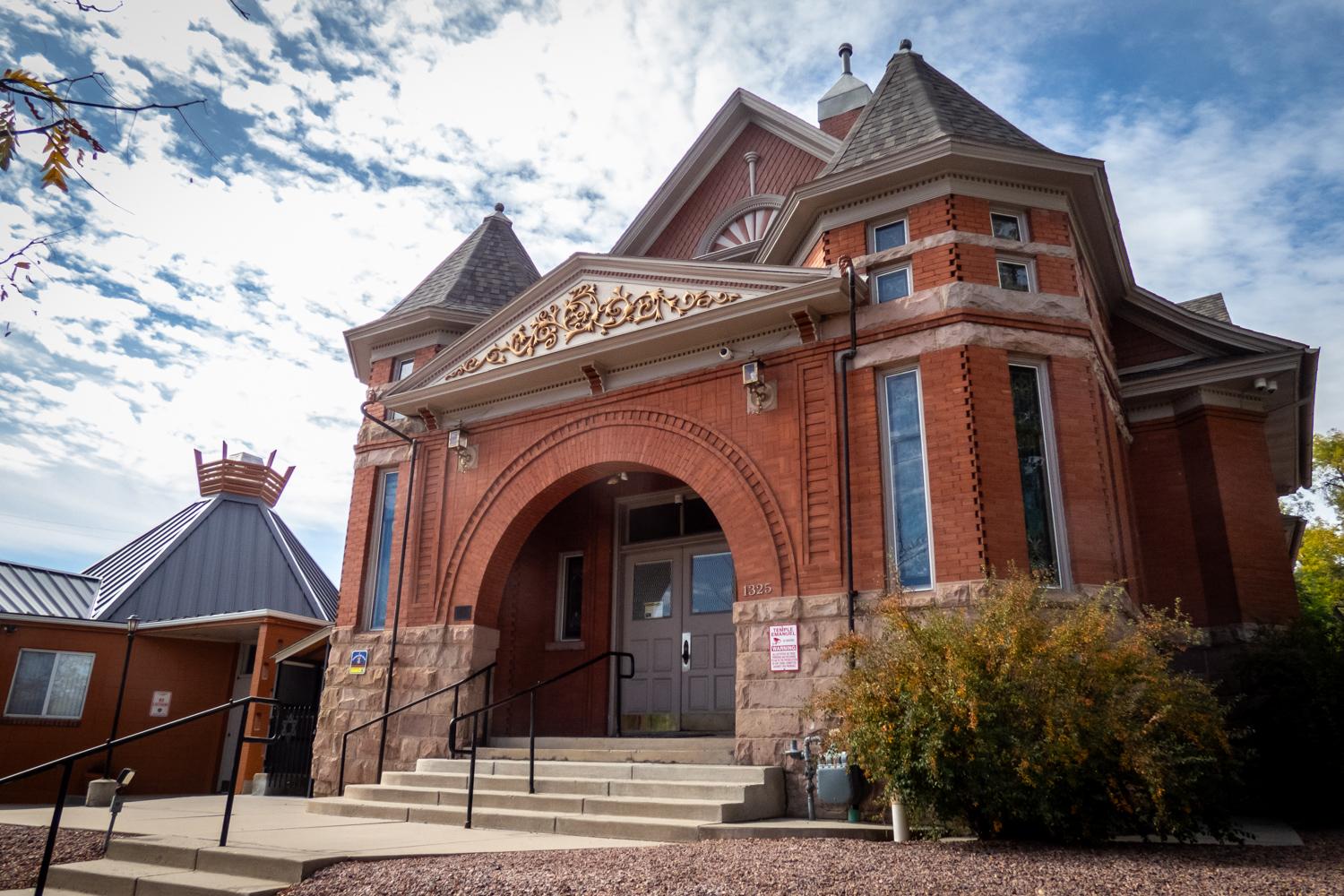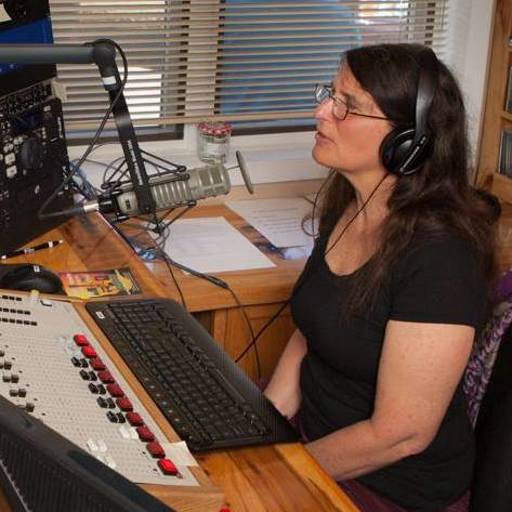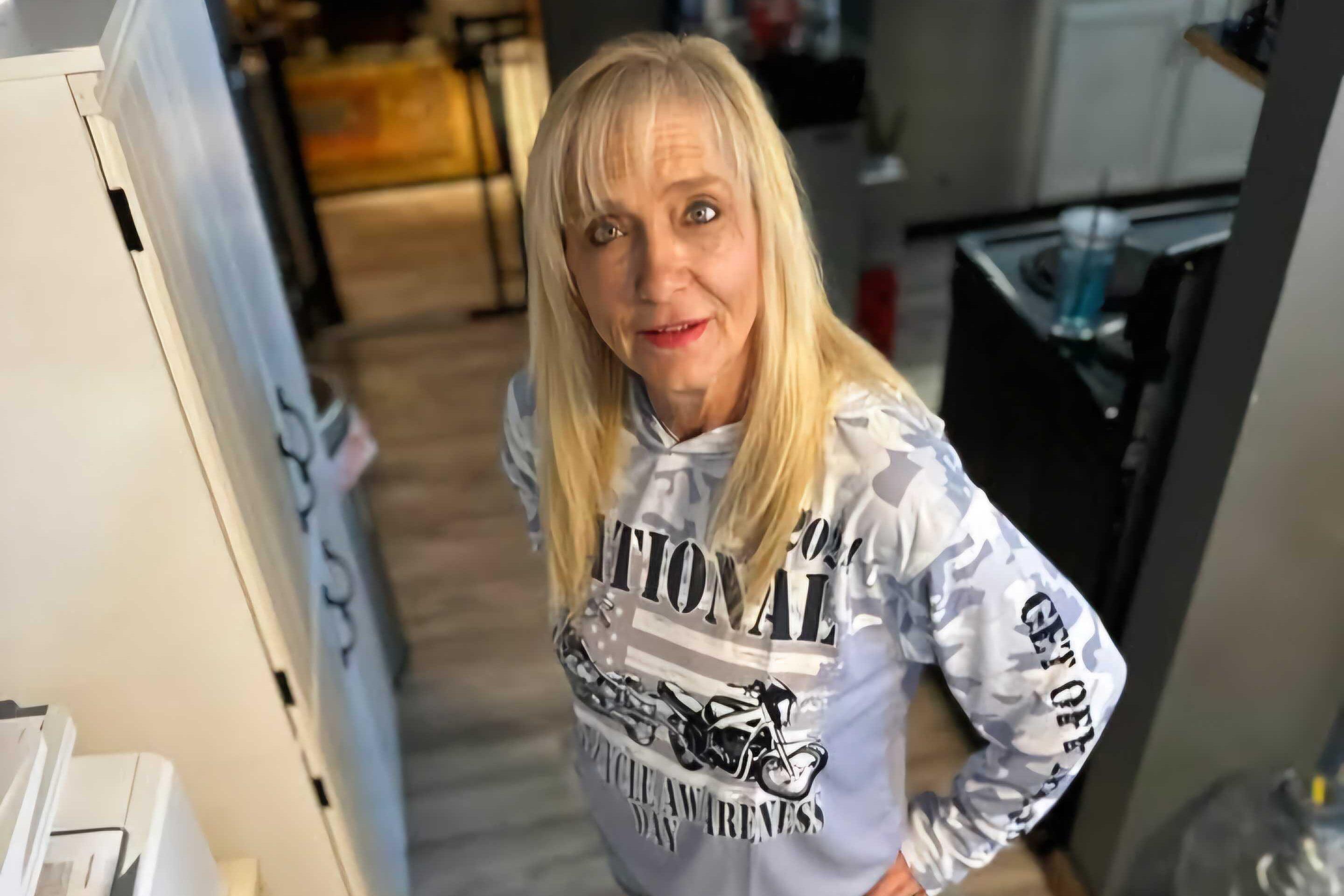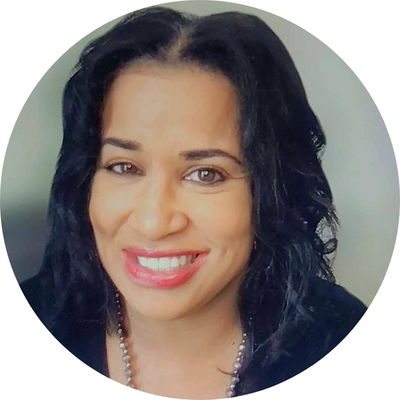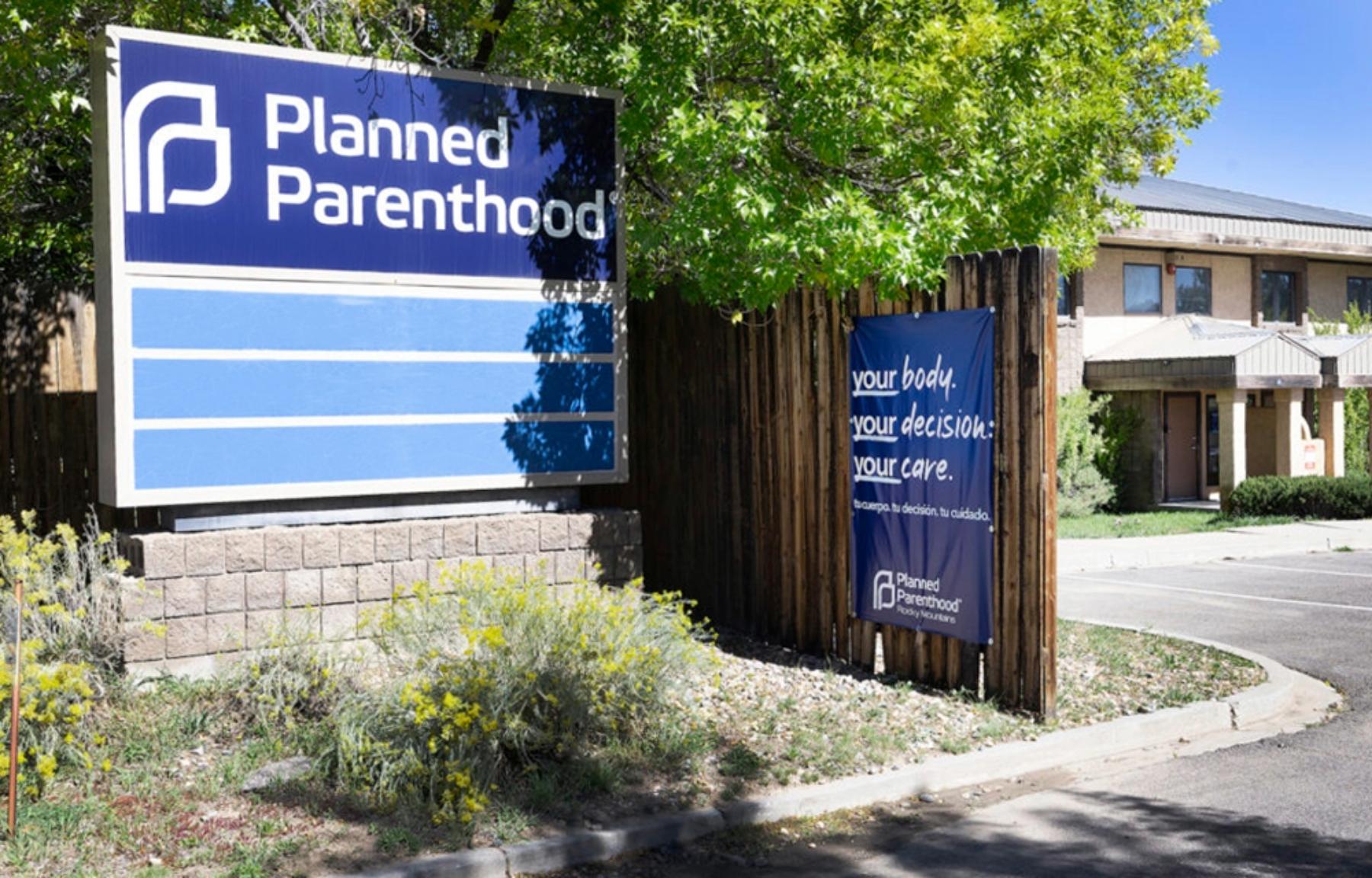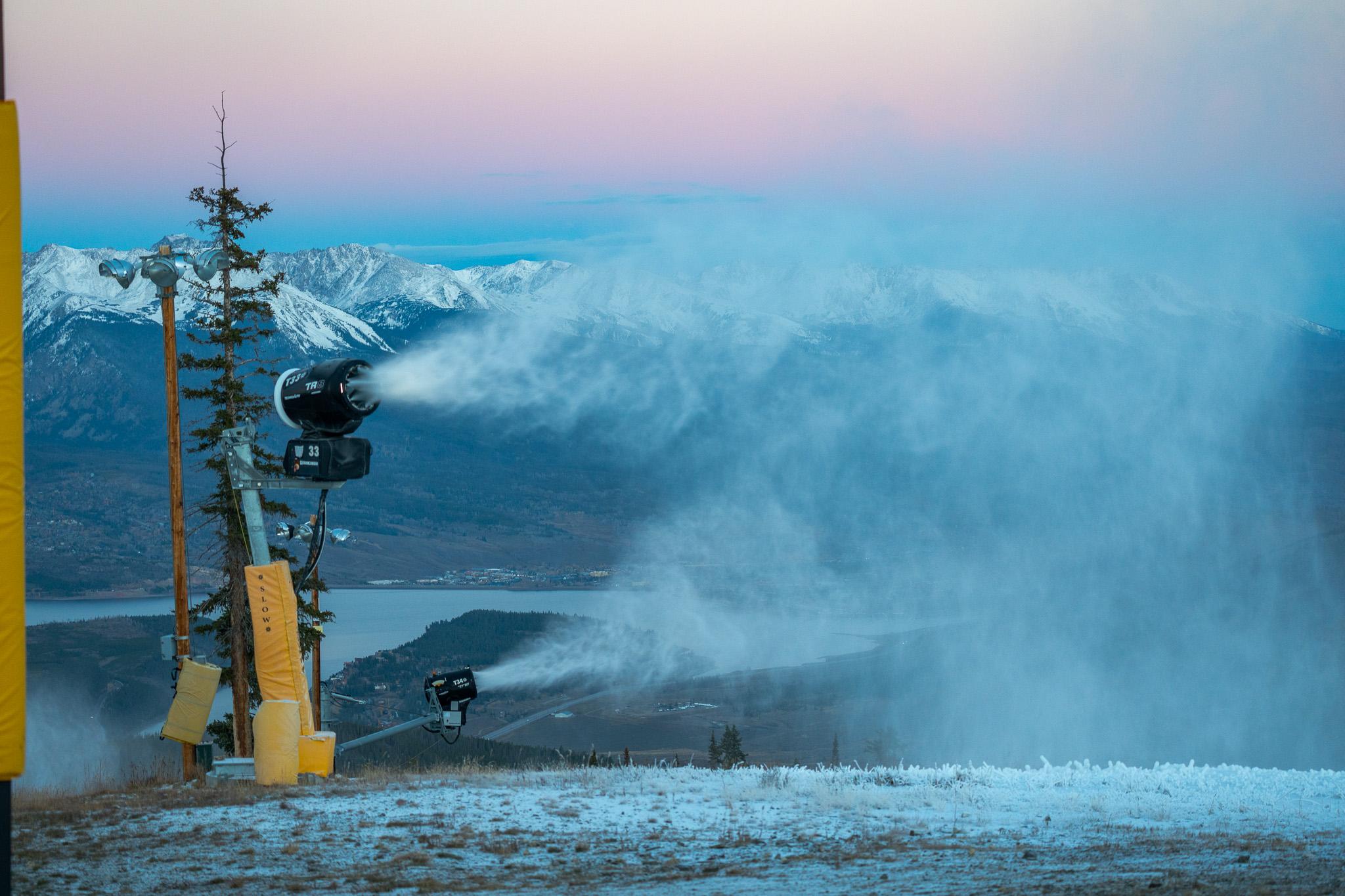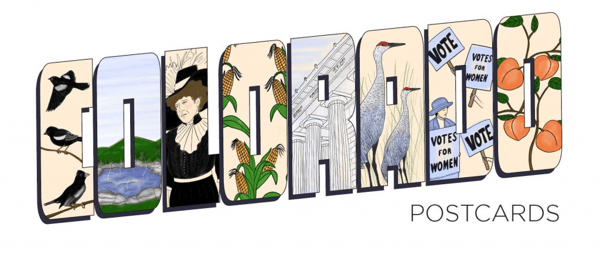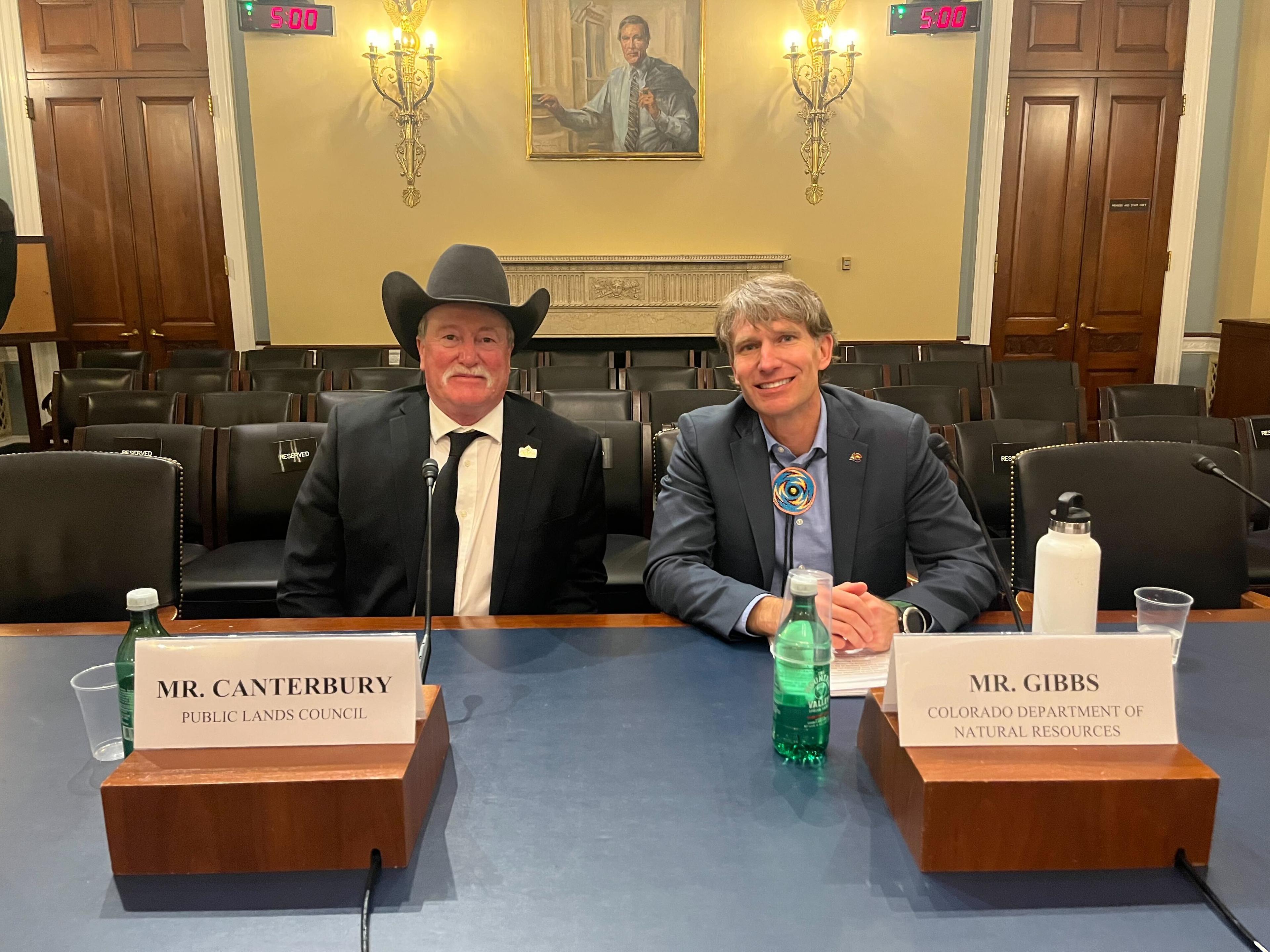
A hearing on multiple-use policy for public lands on Tuesday was repeatedly trumped by politics.
Multiple use allows public lands to be used simultaneously for different purposes, including hiking, logging, hunting and fishing, wildlife conservation, watershed protection and more.
“President Biden left America's public lands and natural resources in a sorry state,” said subcommittee chair GOP Rep. Tom Tiffany in his opening remarks. “For four long years, President Biden and his federal land managers abandoned the long standing and previously uncontroversial principle of multiple use.”
While all representatives agreed that multiple use is important, they couldn’t seem to come to agreement on how to achieve a balance.
Tiffany and other Republicans hammered the Biden Administration for focusing on preservation, conservation and the creation of conservation leases, while removing public lands from mineral extraction. For example, local Colorado groups fought for years to get protections for the Thompson Divide, something the Biden Administration did by approving a 20-year pause on mineral withdrawal for about 200,000 acres of the area.
Ranking member of the full committee Democratic Rep. Jared Huffman opened by saying “it is clear from the onslaught of attacks emanating from the White House that the heart of the soul of America's public lands is at stake here between project 2025 and its extreme targeting of public lands.”
“The tech bros at DOGE have no idea how much Americans love their public lands,” Huffman said.
Democratic Rep. Joe Neguse pointed out that multiple use requires public servants to help facilitate those operations.
“As we're discussing multiple use and the benefits of multiple use and the need for the federal government to be more responsive, a mile away President Trump is endeavoring to gut every federal agency piece by piece,” Neguse said.
“We certainly are not going to treat these hearings as business as usual until our colleagues on the other side of the aisle step up, tell the administration to pull back, and we can get back to regular order,” Neguse said, adding that the hearing witnesses had a lot of reasonable and common sense ideas for how to use public lands. “But let me assure all of you, none of it, none of it will come to fruition, if the current administration has its way.”
Neguse and other Democrats also hit the Administration on how the federal funding freeze is impacting public lands, an argument Republicans pushed back against.
Colorado policies on multiple use could be an example
Two witnesses sharing their expertise were from Colorado: Dan Gibbs, who leads the state’s Department of Natural Resources, and Tim Canterbury, a rancher from Howard who is president of the Public Lands Council which represents cattle and sheep producers with federal grazing permits. They were joined by Jim Neiman, president of a company that operates four sawmills, and Eric Clarke with the Washington County Attorney’s office in southwest Utah.
In his opening, Canterbury said “western economies depend on successful multiple use. And grazing is a tool that makes true multiple use possible” from reducing wildfire risks to protecting wildlife habitat.
Canterbury was critical of what he described as “huge regulatory burdens” he and other grazers face, such as the Endangered Species Act and the National Environmental Policy Act.
“More land designations and reduced focus on active management is not the solution,” he told the committee.
He said more decisions needed to be made on the ground. His suggestions included increasing the use of targeted grazing to reduce wildfire risk, direct resources to conduct NEPA and permitting in a timely fashion, reform statues like ESA and the Antiquities Act, and set expectations that all kinds of energy development avoid or minimize impacts to livestock grazing.
Gibbs stressed how Coloradans cherish public land and the state works hard to find a balance.
“(Public lands) provide a vital public good that improves the mental health and physical well being of our residents and our visitors, while also generating tremendous economic opportunities,” he said.
He noted that Colorado is an all of the above energy state, while the outdoor recreation industry contributes $36.5 billion in GDP.
The message Gibbs hoped the members took away when it comes to multiple use is the need for partnership.
“We need to all work together to find common ground,” he said.
“It's almost like you're oil and gas or grazing or environment or conservation,” Gibbs explained after the hearing. “I'm here to say it's ‘and.’ It's conservation and it's grazing and it's fire mitigation to help protect our communities and protect watersheds.
“Washington needs more ‘ands,’” he said. “Because, you could tell, it’s very polarizing in this committee where there were a lot of speeches that were going after the jugular.”
Gibbs and Canterbury, who sat next to each in the hearing, have worked together on issues.
“There’s more that connect us on issues than divides us, don’t you think?” Gibbs posed to Canterbury.
“I agree a hundred percent,” Canterbury said. “It’s not about party lines. It’s about who is taking care of the land, who’s out there with boots on the ground, who has the knowledge.”
- President Trump has promised to ‘unleash’ American energy. What could that mean for Colorado?
- Trump orders fuel new uncertainty around Colorado climate and infrastructure projects. Here’s what we know
- How a second Trump administration might reverse drilling and energy restrictions on public lands in Colorado

